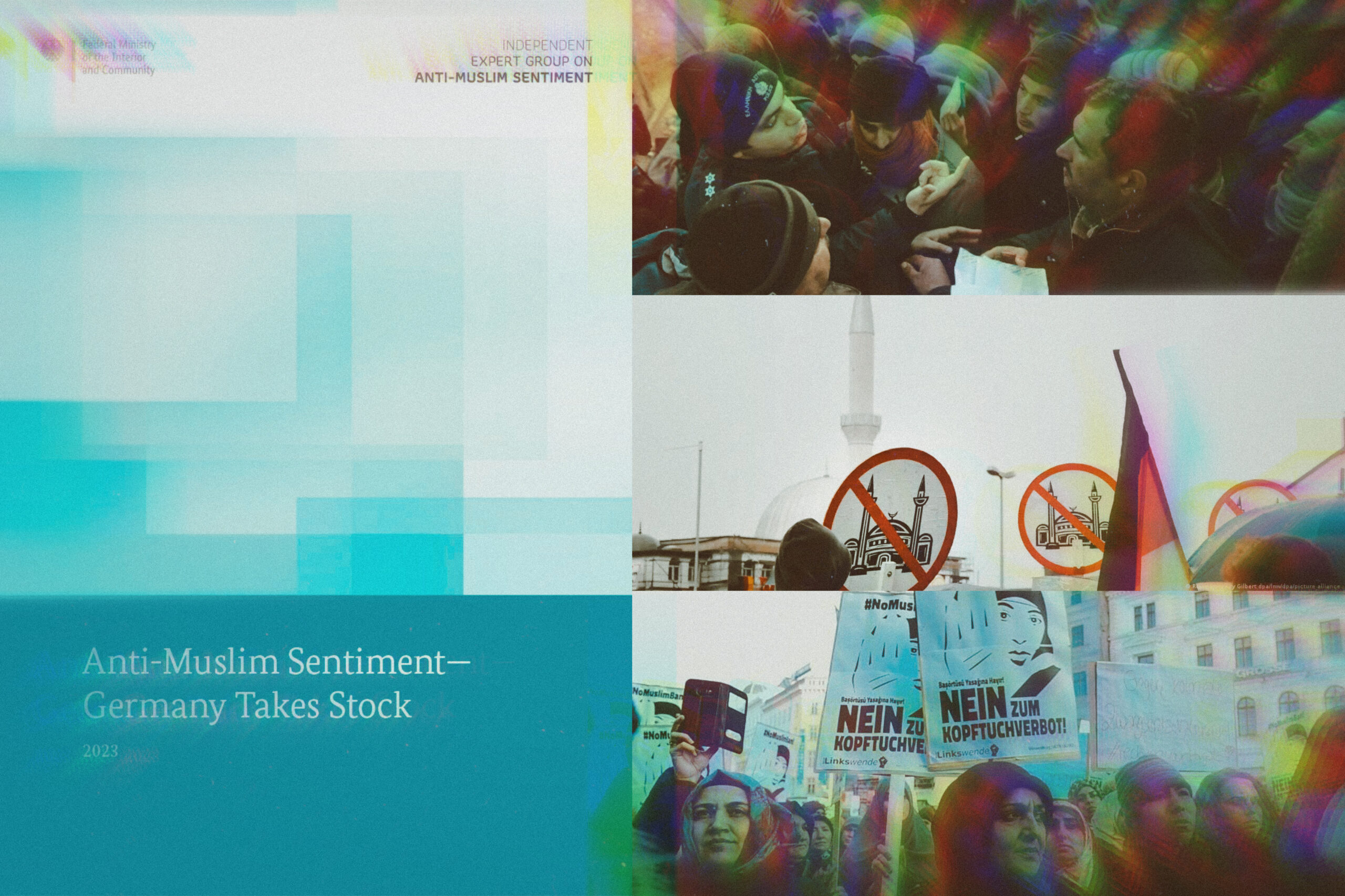You couldn’t ask for a better symbol of the present, paradoxical state of multicultural Britain than Jawaahir Daahir. She is a vigorous example of female empowerment: a Somali refugee in the Hague, she learnt Dutch and studied for seven years to become a social worker there, while bringing up her six children. She is also a conservative Muslim, like most of her compatriots. She combines the two – feminism and religious piety – with no apparent strain. And it was because that combination is one that Britain can deal with, while the Continent finds it unacceptable, that she is now happily settled in Leicester.
“When the Somali community came to Leicester there was a sense of support and a welcoming environment. For example, now there are lights, welcoming Ramadan. When I registered my children for school, there were welcome signs in so many languages, including Somali. It was a culture shock, because you don’t expect a Western city to welcome you in your own language. In Holland, even though I participated actively in all sorts of different areas, I still felt separate, different. But here in Leicester you feel a sense of belonging. You are not a foreigner, you are not an outsider. The society and the system acknowledge you and consider you.”
David Goodhart, founding editor of Prospect magazine, asks hard questions about the economic and political rationale for the mass immigration that has transformed the ethnic profile of so many of our towns and cities. Britain obtained its dazzling array of new citizens with little conscious planning. And, as Goodhart describes, in places such as Bradford and Tower Hamlets, the mixture of declining local industry and a large, tight-knit population of immigrants from rural parts of Pakistan and Bangladesh has produced severe social tension, culminating in the mill-town riots of 2001. But as Jawaahir Daahir’s story reveals, that is not the whole picture. Slap in the middle of England there is a city where an improbably rich mix of people and religions seems to be working rather well. Nobody planned for Leicester to become the most multicultural city on the planet. It just happened that way. And for the early immigrants, too, there was little thought that they might make their lives here.
In the past 40 years, Leicester has become the poster city for multicultural Britain, a place where the stunning number and size of the minorities – the 55 mosques, 18 Hindu temples, nine Sikh gurudwaras, two synagogues, two Buddhist centres and one Jain centre – are seen not as a recipe for conflict or a millstone around the city’s neck, but a badge of honour.
But in the 12 years since the attacks on America, punctuated by 7/7 and the Woolwich atrocity, Britain’s faith in multiculturalism has begun to erode. After every act of Islamist terrorism, there has been a spasm of revulsion. This is one of the conundrums of our age, one which laid-back, permissive Holland epitomises: how are the super-tolerant children of the European Enlightenment to react to the arrival of newcomers who refuse to adopt the uniform of secular liberalism? How far do you tolerate those who themselves have strict limits on what they will tolerate?
As atheists – who account for 23 per cent of Leicester’s population – like to point out, religion is not a reliable recipe for communal harmony. Quite the reverse: as every religion enshrines an exclusive explanation of the world, each has the potential to oppress and persecute those who think differently. And often that’s how it works out. Muslims are often treated like second-class citizens in India, Christians in Pakistan, Hindus in Bangladesh and Muslims in Burma.
While the mill towns of Burnley, Oldham and Bradford experienced race riots in 2001, Leicester has ridden out its multicultural decades in considerable peace and harmony. The white population, guided by the likes of Peter Soulsby, has responded with maturity and imagination to these epochal demographic changes. And while there will always be grumbling about the “cosseting” of immigrants, the facts speak for themselves. In the mid-1970s, the National Front was active in Leicester, and on one occasion came close to winning a single council seat. But since then, they and their successors have been notably unsuccessful in the city. If the minority of British whites are seething about the way the city is changing, they are keeping it very much to themselves.






